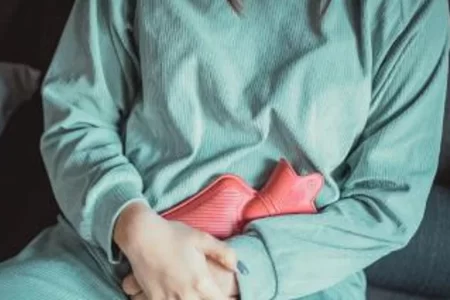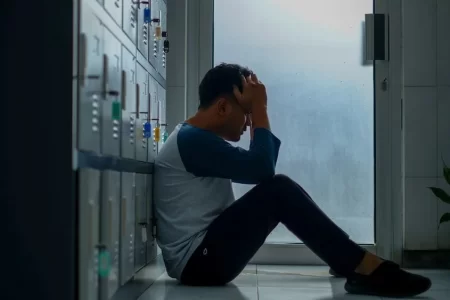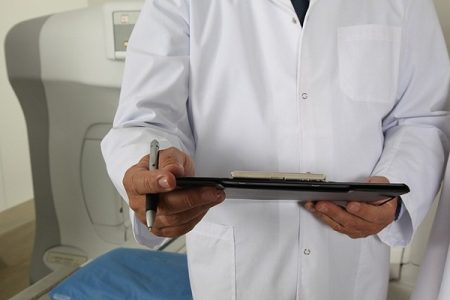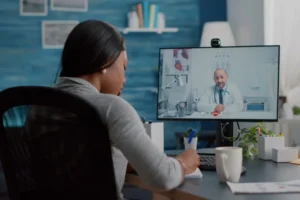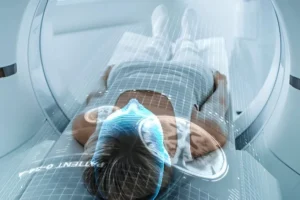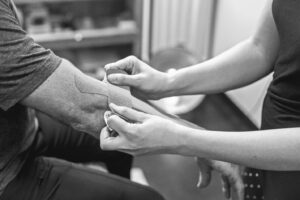Thrombosed Hemorrhoid (Thrombosed Piles)
- Updated on: Nov 11, 2024
- 4 min Read
By
- Published on Oct 3, 2019
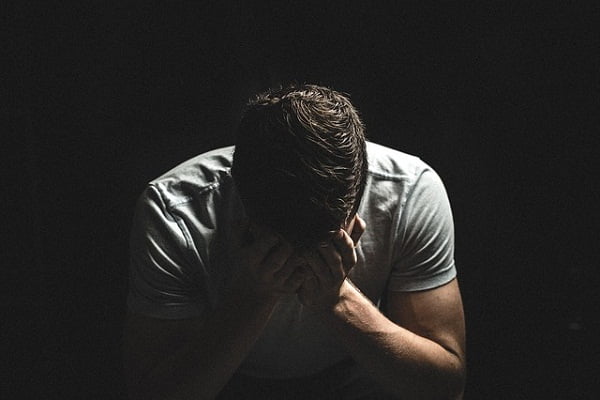

What is thrombosed hemorrhoid?
When a clot is formed occasionally in hemorrhoids, it is known as thrombosed hemorrhoids. It happens when sacs in the anal passage get pushed out of the anus and fill with blood clots.
Thrombosed hemorrhoids are typically external hemorrhoids. The veins affected by this condition do not have any blood flow due to the blood clot in the vein. Thrombosed hemorrhoids are not considered to be dangerous but they are quite painful. The symptoms of thrombosed hemorrhoids can resolve themselves if the blood clot is eventually reabsorbed by the body.
What are the symptoms of thrombosed hemorrhoids?
The symptoms of thrombosed hemorrhoids generally include such as:
- Pain while walking, sitting and going to the bathroom
- Itching around the anus
- Bleeding during a bowel movement
- Swelling or a lump around the anus
- Fever along with pain and swelling that can lead to an infection called an abscess
What are the causes of thrombosed hemorrhoids?
Hemorrhoids develop when extra pressure is put on their anal passage due to the following factors:
- straining too hard when trying to pass a stool
- frequent constipation
- having diarrhea
- irregular toilet visits
- during pregnancy when the weight of the baby puts pressure on veins
- during childbirth (the pressure applied during the process can affect the anal passage)
- sitting down for an extended period, for example, while traveling in a vehicle
Not every hemorrhoid develops blood clots, but some do. Still, doctors have no idea why blood clots form in some external hemorrhoids.
What is the process of diagnosis of thrombosed haemorrhoids (thrombosed piles)?
Any pain or itching around your anus or bleeding during a bowel movement can be a sign of thrombosed hemorrhoids. The patient should immediately see a doctor to clear any doubts.
Diagnosis is carried out in the following ways:
- the doctor will ask questions to know details about the symptoms
- medical history need to be shown to the doctor
- a digital rectal exam may be carried out by the doctor
During the exam, your doctor may insert a gloved, lubricated finger into your rectum to feel for any lumps or growths.
What are the treatment options for thrombosed hemorrhoids?
There are two types of hemorrhoids. One resolves on its own and others don’t. The treatment for these two types of thrombosed hemorrhoids is different.
Treatment for hemorrhoids that resolve on their own
Most hemorrhoids come under this category and they may take two to three weeks for them to be completely gone. But some self-care measures need to be followed for such hemorrhoids which may include:
- taking sitz baths
- working to keep the stool soft
- avoiding straining during bowel movements
Treatment for thrombosed hemorrhoids (thrombosed piles) that do not resolve on their own
For such haemorrhoids, the following measures are taken:
Thrombectomy
A thrombectomy is generally used to treat thrombosed hemorrhoids. In this procedure, a surgeon gives anesthesia to a patient and then makes a cut in the hemorrhoid and drains the blood out.
This procedure should be carried out a few days after the blood clots develop in a hemorrhoid otherwise it is not very effective. However, this is not always possible, because sometimes, the condition is diagnosed late. For such conditions, there are other treatments which may be performed.
Hemorrhoidectomy
Hemorrhoidectomy is a surgery which is done under general anesthetic. It is done to remove hemorrhoid, including the blood vessels and clot.
Rubber band ligation
In this procedure, an elastic band is tied around the base of hemorrhoid. This cuts off the blood supply to hemorrhoid and causes it to shrink over a period of several weeks. Read more about rubber band ligation.
Stapled hemorrhoidopexy
In this procedure, the patient is given general anesthetic and the hemorrhoids are stapled in place.
What are the home remedies for thrombosed haemorrhoids (thrombosed haemorrhoids)?
Some home treatments may reduce the pain and discomfort of haemorrhoids. These are:
Wet wipes
It is recommended to use wet wipes instead of toilet paper when you have hemorrhoids. Wet wipes help to reduce pain or irritation and are also soft to the skin.
Hemorrhoid cream
There are many over-the-counter hemorrhoids cream available. Applying such creams can help relieve the symptoms.
Pain relievers
Pain relievers can ease and relieve the pain to a great extent. But this is just a temporary method.
Sitz bath
A sitz bath is a warm and shallow bath that is given tocleanse the perineum (place between the rectum and the vulva or scrotum). The affected area is soaked in warm water several times a day and then gently patted dry. This process may help reduce symptoms.
Ice treatment
Applying a cold compress or ice pack to the affected area may reduce pain and inflammation.
Witch hazel
Witch hazel soothes and heals the skin. It is effective as a cleanser, anti-inflammatory, and tonic. Applying witch hazel may reduce itching and pain in the affected area.
Aloe vera
Aloe vera is known for its anti-inflammatory properties. Applying pure aloe vera to the affected area may reduce inflammation and also soothe the area.
Stool softeners
A stool softener or fiber supplement is usually recommended by the doctors to treat hemorrhoids at home. This makes it easier to pass a stool, which reduces irritation.
Wearing loose cotton clothing
Wearing tight clothes made of artificial fabrics can irritate the affected area. Wearing loose cotton clothing can reduce irritation in the affected area and keep it dry.
How to prevent thrombosed hemorrhoids?
Hemorrhoids cannot always be prevented, but the following tips can help reduce the risk:
Eating high fiber foods
A high fiber diet helps keep bowel movements regular and also make it easy to pass the stool. Examples include broccoli, bran flakes, whole-wheat pasta, and oatmeal.
Being more active
Avoiding sitting for longer periods and always try to move around every hour. Being more active may help prevent hemorrhoids.
Not pushing if constipated
Always go for a stool softener rather than pushing excessively in case of constipation.
Drinking plenty of water
Keeping well hydrated can help to reduce constipation. It is recommended to drink 7-8 glasses of water every day. Also, avoid drinking water during eating as it may disturb the process of digestion.





